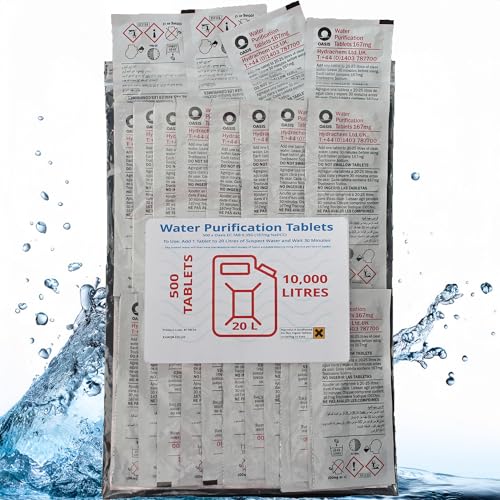Understanding the Different Types of Basketballs: Which One Should You Choose?
Different Types of Basketballs Available
When we consider basketballs, it’s essential to recognise that they come in various types, each designed for specific purposes and surfaces. Indoor basketballs are typically made from leather or composite materials, and offer a soft touch and great grip, making them perfect for polished wooden courts. In contrast, outdoor basketballs are crafted from durable rubber or tougher synthetic materials, allowing them to withstand rough surfaces like concrete. There are also basketballs designed for different age groups and skill levels – youth basketballs are smaller and lighter, while professional balls conform to official regulations. Understanding the context in which we’ll use the ball can greatly influence our choice.
Indoor vs. Outdoor Basketballs
The choice between indoor and outdoor basketballs revolves around where we plan to play most often. Indoor basketballs provide the best performance on gym floors, offering superior grip and control. When playing outdoors, we want a ball that can handle harsh weather conditions and rough terrain without wearing down quickly. Selecting a suitable basketball ensures that our experience, whether playing for fun or honing skills, remains enjoyable and effective.
Key Features to Consider When Buying a Basketball: Grip, Size, and Material Explained
Understanding Grip and Surface
Grip is a critical factor in our choice of basketball because it directly affects our ball handling and shooting accuracy. When we pick up a basketball, we want it to feel secure in our hands, allowing us to dribble, pass, and shoot effectively. A well-textured surface helps achieve this balance. For example, rubber basketballs generally provide adequate grip but may not be as smooth or responsive as high-quality leather or composite balls. Therefore, we should try out a few options to understand what feels best in our hands.
Choosing the Right Size
Basketballs come in different sizes, typically classified as sizes 5, 6, and 7. Size 5 is aimed at younger players, while size 6 is suited for women’s leagues, and size 7 is the standard for men’s basketball. Selecting the right size is crucial – a ball that is too large or too small can hinder our ability to develop skills and confidence. For instance, if we’re buying for a child, opting for size 5 is best to ensure they can handle the ball comfortably.
Material Matters for Durability and Performance
The material of the basketball not only affects its feel but also its durability and overall performance. Leather provides an unparalleled touch and feel but may not be the best choice for outdoor play due to its susceptibility to wear and moisture. Rubber, on the other hand, is robust and designed for longevity and versatility across different surfaces. When we consider our playing environment and our level of play, we can better decide which material is best suited to our needs.
Where to Buy Your Basketball: Top Retailers and Online Stores
Finding Local and Online Retailers
When we’re ready to purchase a basketball, it’s beneficial to explore both local sports stores and online options. Local retailers often allow us to physically feel the ball before buying, which can greatly influence our decision. Chains like Sports Direct or specialised sporting goods shops provide a range of basketballs suitable for different players. Online stores afford us convenience, offering access to a wider variety of brands and models. Many sites provide customer reviews, which can guide us in choosing the right ball based on other players’ experiences.
Maintaining Your Basketball: Tips for Longevity and Performance
Proper Care for Longevity
To ensure our basketball serves us well over time, it’s essential to maintain it properly. Avoiding exposure to extreme temperatures is crucial – leaving a ball in a hot car or a damp area can deteriorate its quality. When using an outdoor basketball, we should wipe it down with a damp cloth after play to remove dirt and debris. Regularly checking the air pressure is also important – a properly inflated ball improves performance and prevents unnecessary wear.
Storage Best Practices
Storing our basketball correctly can significantly extend its life. We should aim to keep it in a cool, dry place, ideally in a bag or box to protect it from unintended damage. Furthermore, avoid storing the ball in places where it may be punctured or crushed, like under heavy items. Proper storage ensures that our basketball remains ready for action whenever we want to hit the court.
Frequently Asked Questions About Basketballs: We’ve Got the Answers
Pricing Ranges for Basketballs
Many readers wonder about the cost of basketballs. In general, we can expect to pay anywhere from £10 for basic models to over £100 for premium quality professional-grade balls. It’s important for us to recognize that while a higher price can indicate better Materials and manufacturing processes, there are also worthwhile options at lower price points for casual play.
How to Inflate a Basketball Correctly
Inflating a basketball correctly is vital for optimal performance. We should use a needle and pump, insert the needle into the valve, and inflate to the recommended pressure specified on the ball. It’s important to check the pressure regularly, as a ball with inadequate air will not bounce well and can lead to poor shooting performance. Taking this small step ensures we get the best out of our basketball during practice or games.




































